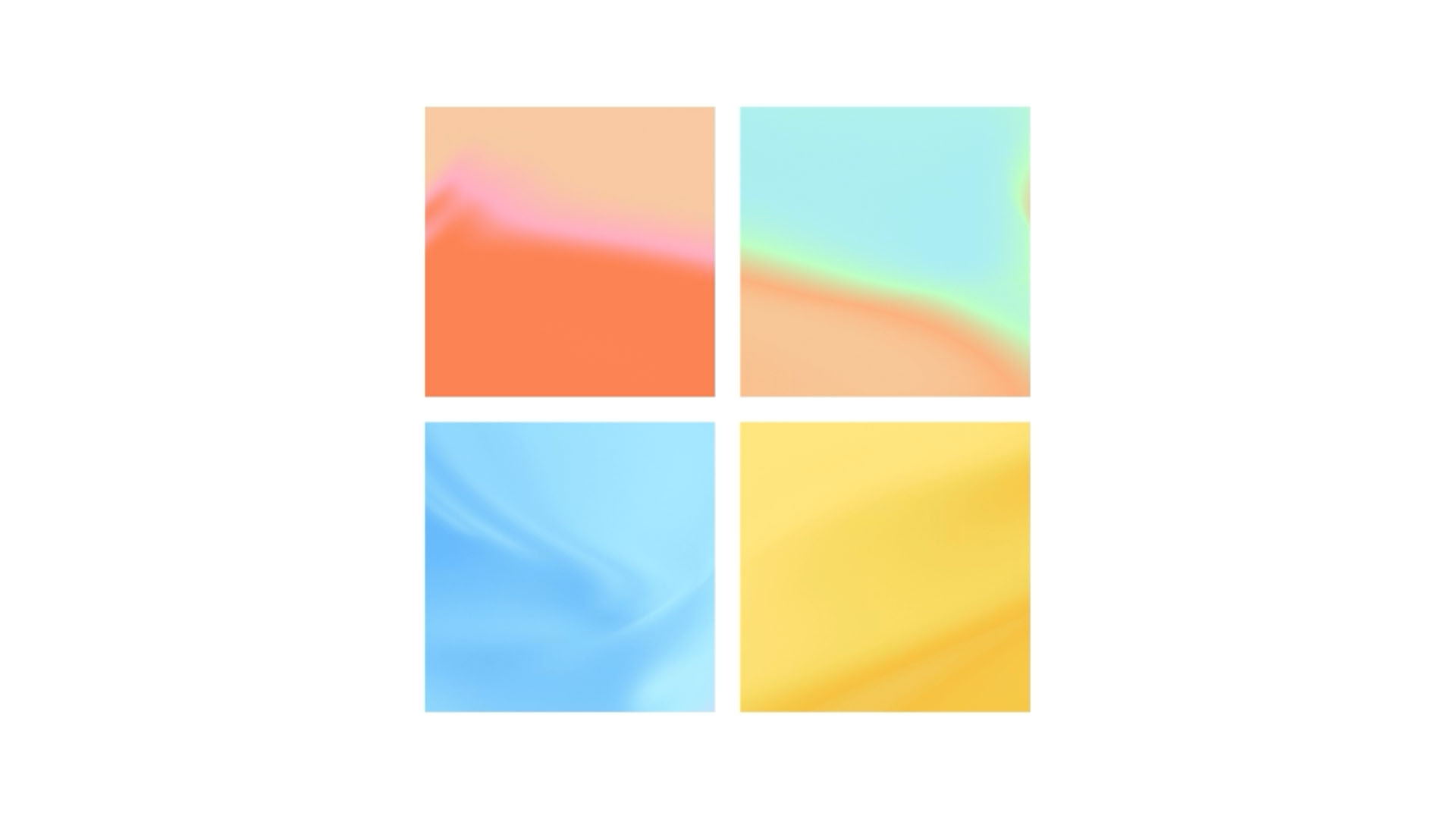How 2D digital art and 3D animation workflows are merging
From concept art to VFX and animation, studios and individual artists alike now merge 2D and 3D art techniques.
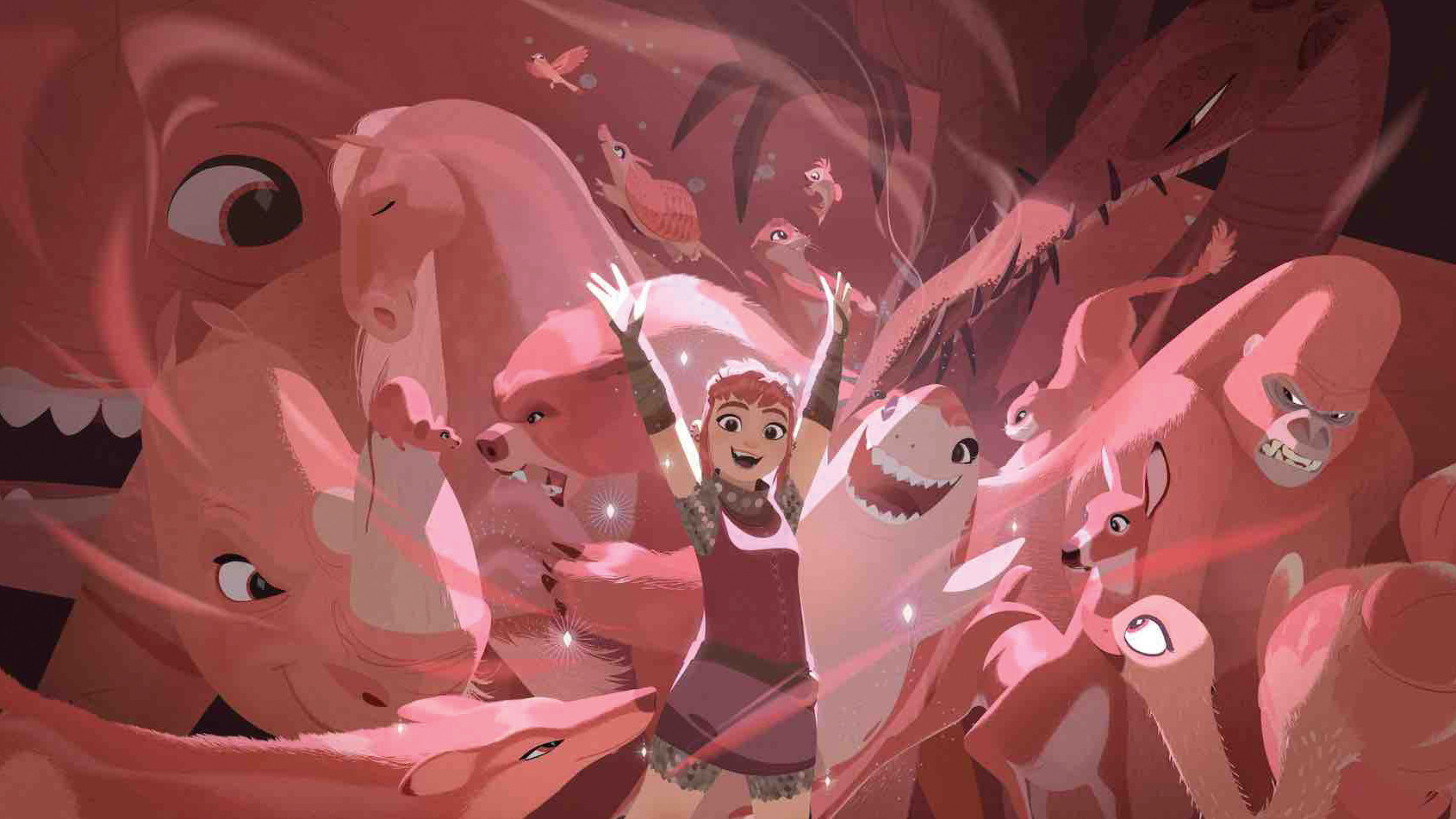
Whether its in Netflix's Arcane or the upcoming Secret Level animated anthology from Amazon Prime Video, the techniques used by 2D and 3D artists are merging. We’re used to thinking of 2D digital artists and 3D artists, including animators, designers and illustrators, operating in separate spheres with different tools, but these days, artists are finding both efficiencies and creative opportunities by reaching into the other dimension.
From personal workflows to large pipelines, across concept art, VFX and animation, teams and individuals are now starting to merge 2D art and 3D modelling techniques to work faster – and pioneer incredible new aesthetics. And software is obliging, whether it's Blender's 2D painterly tools or accessible 3D in Photoshop via Substance 3D Viewer.
The most visible manifestation of this to those outside the industry is the move away from the traditional CG look in animated films towards more creative, painterly styles. Rather than utilising the best 3D software to texture and light a scene in the usual way, artists have been using 2D techniques and the best digital art software to paint 3D models of characters and backgrounds to create distinctive stylised looks.
VFX supervisor Archie Donato, a creator at the forefront of these techniques, has said that the aim is to create work that looks like paintings that have come alive. You can see it in projects such as the Marvel and Sony's Spider-Verse films, Nimona, I Lost My Body, Puss in Boots: The Last Wish and the 2022 Netflix series Entergalactic. (Read our feature on how the stylised animation of Teenage Ninja Mutant Turtles: Mutant Mayhem was made for an example.)
Mixing 2D and 3D art styles: fresh approaches
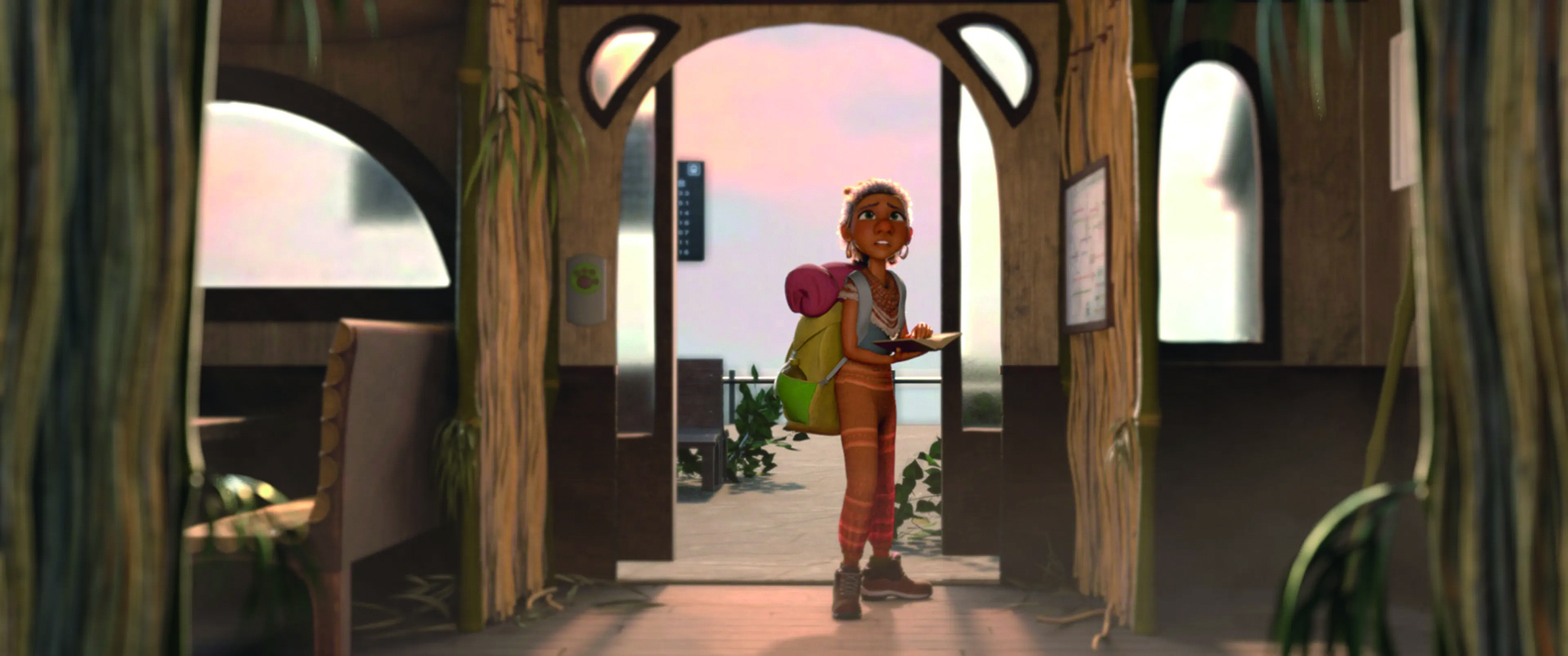
For artists working within the industry, bringing 3D techniques into traditionally 2D realms, and vice versa, is bringing all kinds of benefits. Shir Baron, an animator on Puss in Boots: The Last Wish and the impressionistic The Wild Robot, explains that there’s much to be gained from workflows that combine the freedom and creativity of drawing in 2D with the accuracy of 3D software.
“While 2D principles allow us endless flexibility, 3D has many limitations; a rig will allow us to move our character around but in a restricted way,” says Shir. “As the industry and tools evolve, flexibility expands, and 2D principles give us the push we need to break out of the 3D limitations and create something truly unique without relying on what we get for ‘free’. As a 3D animator, I often draw a rough pass of my animation. In doing so, I have no limitations and can freely express my ideas, and push for a similar or even better result in 3D.”
In a sense, every 3D project starts life in 2D. Shir says: “Before we model a character or environment, we design it on flat paper. Before we create shots and do the virtual camera work, we create storyboards.” The trouble is that the freedom you get from two dimensions can give rise to inaccurate perspectives and an overall lack of 3D principles. “To solve this, some companies and individuals will create storyboards within a 3D environment, thus combining the two principles to provide them a better result,” Shir explains.
Get the Creative Bloq Newsletter
Daily design news, reviews, how-tos and more, as picked by the editors.
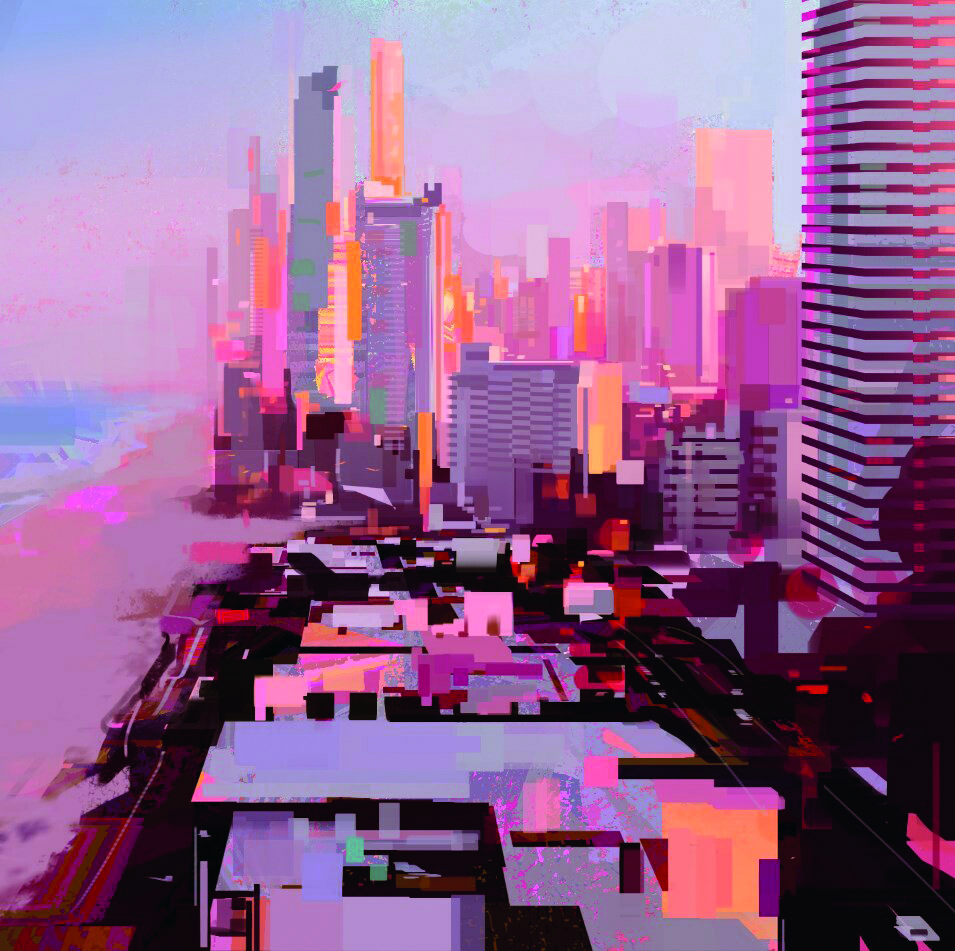
Zac Retz, a visual development artist who’s an alumnus of both Spider-Verse films, tells us that 3D tools are great for 2D artists who are working on environments with complex perspectives.
“We may not want to draw out the perspective for 10 different shots, so instead we can make a simple model, then zoom around in 3D space and screenshot the interesting shots,” he says. “This is a huge time-saver and will help us generate new shapes and camera angles we may not have otherwise thought of. Our hands get used to drawing the same shapes over and over again, or making the same compositions. 3D can help us expand our visual libraries.”
Effective collaboration across 2D and 3D
When he began his career 25 years ago, Phillip Leonhardt, a VFX supervisor at Wētā FX, says ‘Do you want to do 2D or 3D?’ was the first question he was asked. “I wonder whether that question remains the same today,” he ponders.
Over the years, he has seen toolkits for both 2D and 3D become much easier to use. “Techniques that 20 years ago might have been beyond the boundaries of an artist’s expertise have become a lot more accessible, opening up the opportunity for all of us to craft more sophistication into the delivered work,” he explains.
By merging 2D digital art and 3D art, Phillip tells us that “you gain flexibility and options that help improve the stability and quality of your final output”. Concept images are a good example. “If those images are created with underlying 3D geometry, they can directly be passed down the production pipeline as a renderable asset,” he continues. “This means you gain a lot of efficiencies and create a shared understanding of the ultimate goal that everyone is aiming to achieve across departments. It also means a compositor has accessible 3D tools that can generate basic render passes of elements, which helps with the integration of their image layers.”
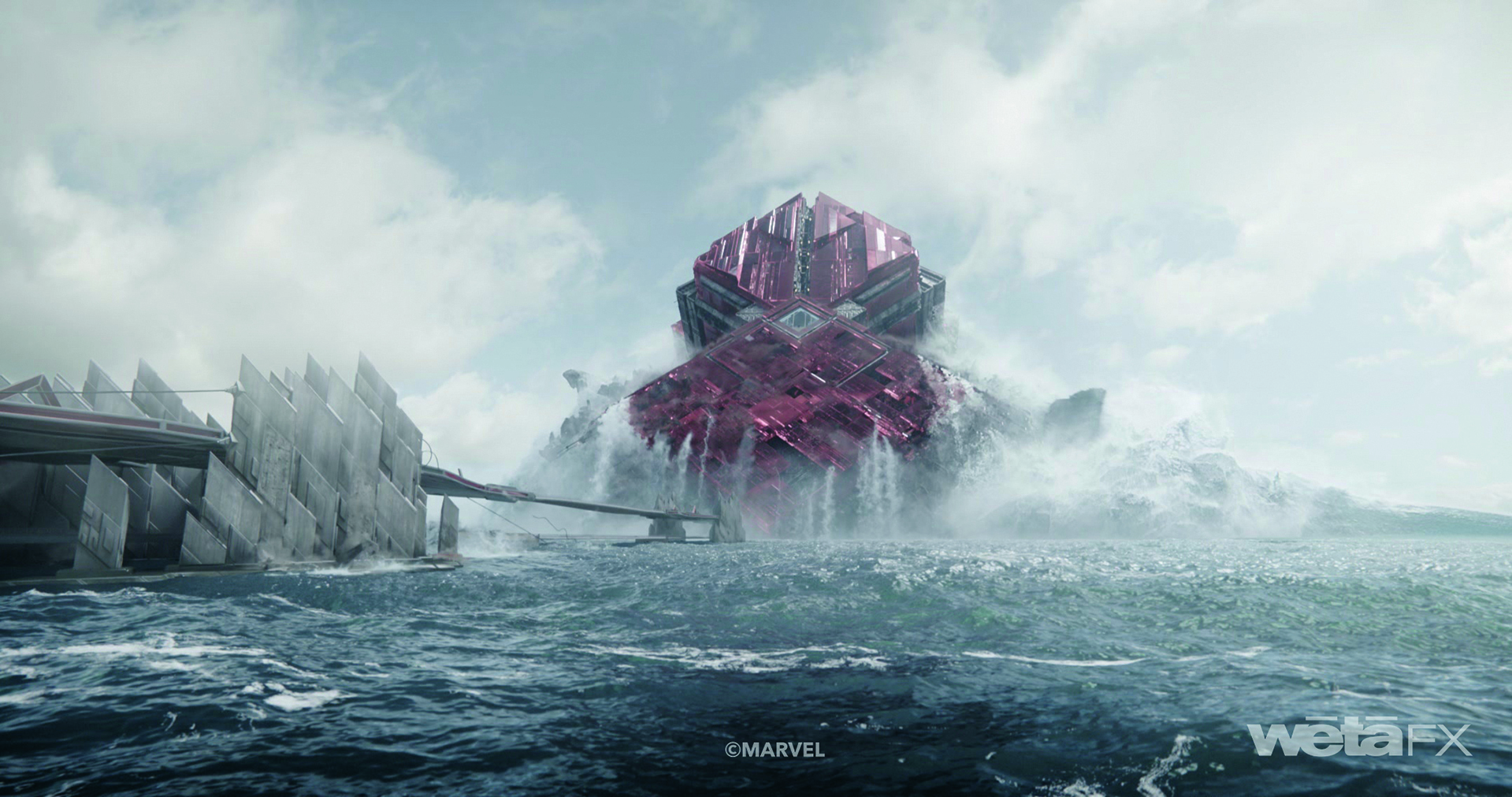
Another example of an area that has benefitted from the addition of 3D is 2D matte painting. “It has come a long way in recent years, embracing 3D workflows to render more realistic environments,” Phillip says.
The tools of today have made it feasible for artists to operate outside of their specialisms. Phillip explains: “To become an expert in a particular artistic field within VFX, you have to focus on that specific subject. But be ready to reach across dimensional boundaries to gain supporting skills that help achieve your ultimate goals.
“For instance, When Nuke became the primary compositing application, it offered up opportunities to apply more 3D techniques and directly embed them into 2D compositing workflows. 2.5D projections, basic particle systems, and deep image pipelines for deep projections are part of every compositor’s repertoire now, and interfaces are being established between the realms to allow artists to see their work in better context.”
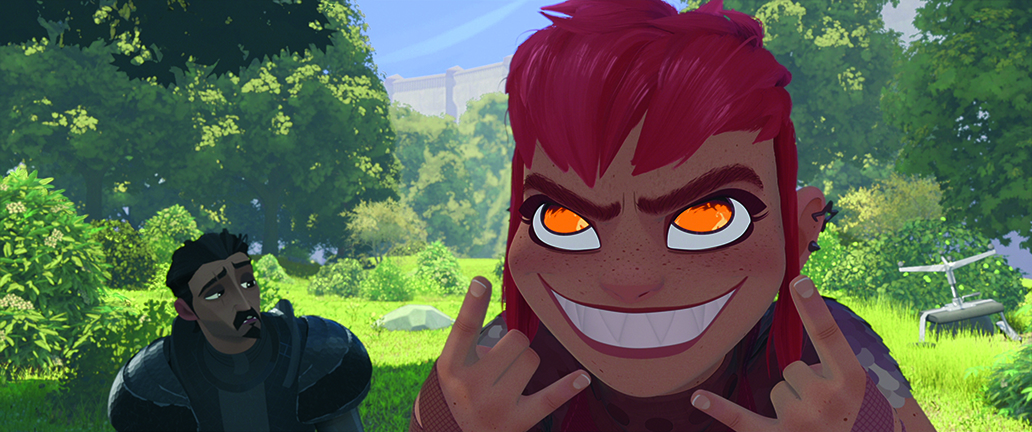
The rise of universal file formats is another factor behind the shift towards merging 2D art and 3D. Denis-Jose Francois, a digital effects supervisor at DNEG who worked on Nimona, tells us: “These formats allow the interchange of data between different software and platforms. This means artists and studios can more freely use specific tools they prefer or need, and still feed their output up and downstream in a large production, with increasingly fewer restrictions on which features and techniques they can make use of in a given piece of software.”
In general, as technology evolves, artists on big productions are finding more flexible ways of working. “The overall workflows are becoming less linear and more non-destructive, allowing choices to be made both earlier and later in the process, and thus giving creatives much more freedom,” Denis-Jose continues. ”Additionally, procedural, node-based and layered workflows allow for combinations of styles and methods to be created, adjusted and reused in unique, efficient ways.”
The trend towards stylised animation in CG films and TV shows has been under way for several years now, but what makes it exciting is that there’s still so much fresh creative territory to be uncovered and explored. Every production has its own unique look that’s facilitated by special tools and workflows, written and designed especially for that project, and artists will sometimes experience it as if they’re working in a brand new medium.
At a time when the digital art and animation professions are under threat from AI and other pressures, the turn towards handcrafted looks combined with a new creative frontier could be just what we need.
Inspired by this article? Then get involved and get creative yourself. Read our guides to the best laptops for animation and the best laptops for 3D modelling, and catch-up on the latest digital art news and tutorials in our magazine, ImagineFX.

Thank you for reading 5 articles this month* Join now for unlimited access
Enjoy your first month for just £1 / $1 / €1
*Read 5 free articles per month without a subscription

Join now for unlimited access
Try first month for just £1 / $1 / €1
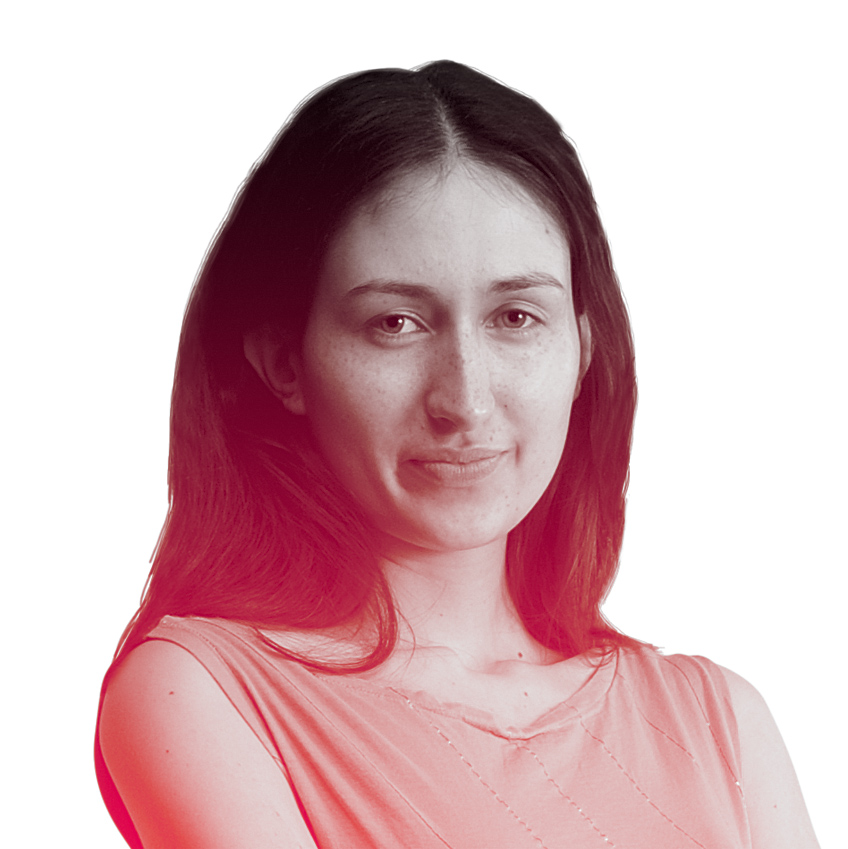
Tanya is a writer covering art, design, and visual effects. She has 16 years of experience as a magazine journalist and has written for numerous publications including ImagineFX, 3D World, 3D Artist, Computer Arts, net magazine, and Creative Bloq. For Creative Bloq, she mostly writes about digital art and VFX.
